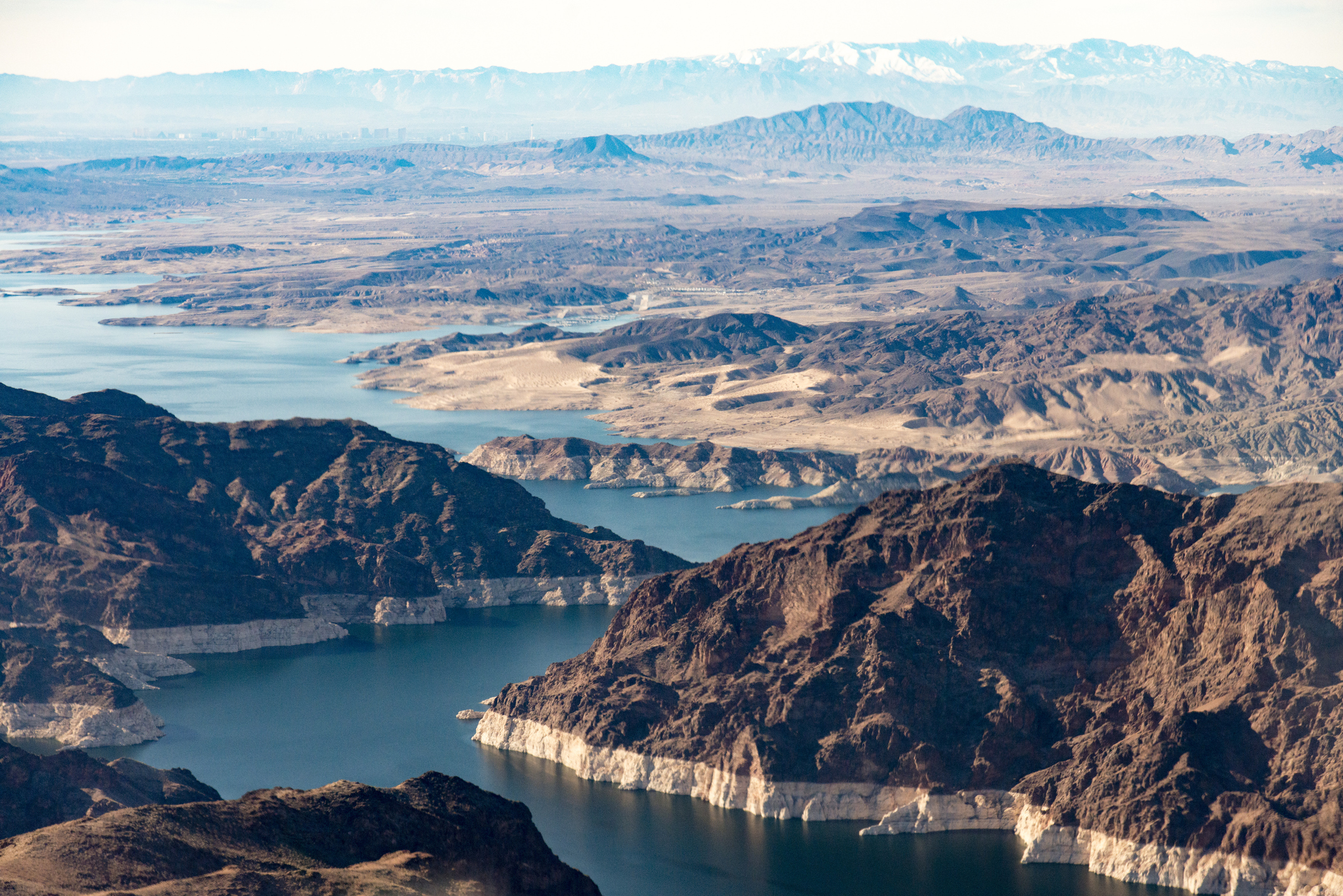What you can do as a pool owner to conserve water all year long
The Western U.S. experienced an unusually wet winter as several atmospheric rivers dumped more than 78 trillion gallons of water across California between October 1, 2022, and March 20, 2023.1 This impressive amount of water was enough to knock most of the state out of drought designation, a trend that continued through the spring. While this is good news for parts of the West, major water sources are still being depleted – emphasizing the importance of smart water conservation all year long.
A Crucial Lifeline
The Colorado River has a rich history and has played a major role in the development of the Western U.S. This 1,450-mile-long river begins on the Continental Divide in Colorado’s Rocky Mountain National Park and historically ended in the Gulf of California. The river is the sixth largest river in the U.S. and is home to a variety of wildlife including bass, rainbow trout, catfish and more.
The river has also served as an important water source throughout time and currently provides water to 40 million citizens.2 California, Arizona, and Nevada receive their water from the river’s Lower Basin while the Upper Basin serves Colorado, Utah, Wyoming, and New Mexico.
Beyond supplying drinking water, the Colorado River serves several other industries. The agriculture industry relies heavily on the Colorado River as it irrigates nearly 5.5 million acres of farmland in both the U.S. and in Mexico. Meanwhile, utility companies rely on the river’s flow to generate electricity at the Lake Mead and Lake Powell dams, providing power to several states.
Water Access Threatened
However, due in part to overuse and climate change, this crucial water source is rapidly depleting. Despite the wet winters across the West and Southwest, the Colorado River is still facing a one-million-acre-foot deficit that continues to grow. This downward trend is expected to continue as climate change experts predict that the river’s flow will reduce by another 10 to 30% by 2050.3
Several states are working to conserve what they can in order to save this important natural resource. California, Arizona, and Nevada recently agreed to a plan in which each state will conserve at least 3-million-acre-feet of water – the equivalent of filling six million Olympic size pools – by 2026. This deal will certainly help protect the river; however, some scientists say more conservation is needed to stabilize the water source after it experienced a drought for over two decades.
What Can I Do?
Thoughts of a depleting water source can certainly create fear, but there are a few practical things we can do in our everyday lives to ensure we’re being water conscious all year long. Saving this precious water resource will take work from all of us.
Around the house:
- Install updated technology, such as aerators and high-efficiency toilets
- Ensure you are only running full loads of dirty clothes or dishes to reduce water usage
With your pool or hot tub:
- Invest in a high-quality cover to lower the evaporation rate and reduce water waste to a negligible amount
- Maintain your pool and its filtration systems, reducing the need to backwash.
- Capture rainwater to refill your pool or hot tub from splashout
- When you have to drain your hot tub, allow the water to sit open for 48-72 to hours, and then reuse that water in your garden
This past wet season may be one for the history books, but be assured, the Colorado River is still in a drought. You can do your part by ensuring your household is water-wise. Have a look around at the other resources from Let’s Pool Together to find more tips and tricks on how you can be part of the drought solution.
References
1 Rice, D. (2023, March 29). Trillions of gallons have soaked California. is this the state’s wettest winter ever? USA Today. https://www.usatoday.com/story/news/nation/2023/03/29/californias-snow-rain-totals-explained/11525451002/
2 Jacobo, J. (2023, April 19). Here’s what will happen if Colorado River system doesn’t recover from “historic drought.” ABC News. https://abcnews.go.com/US/happen-colorado-river-system-recover-historic-drought/story?id=98475953
3 American Rivers. (n.d.). Colorado River. Life Depends on Rivers. https://www.americanrivers.org/river/colorado-river-2/

